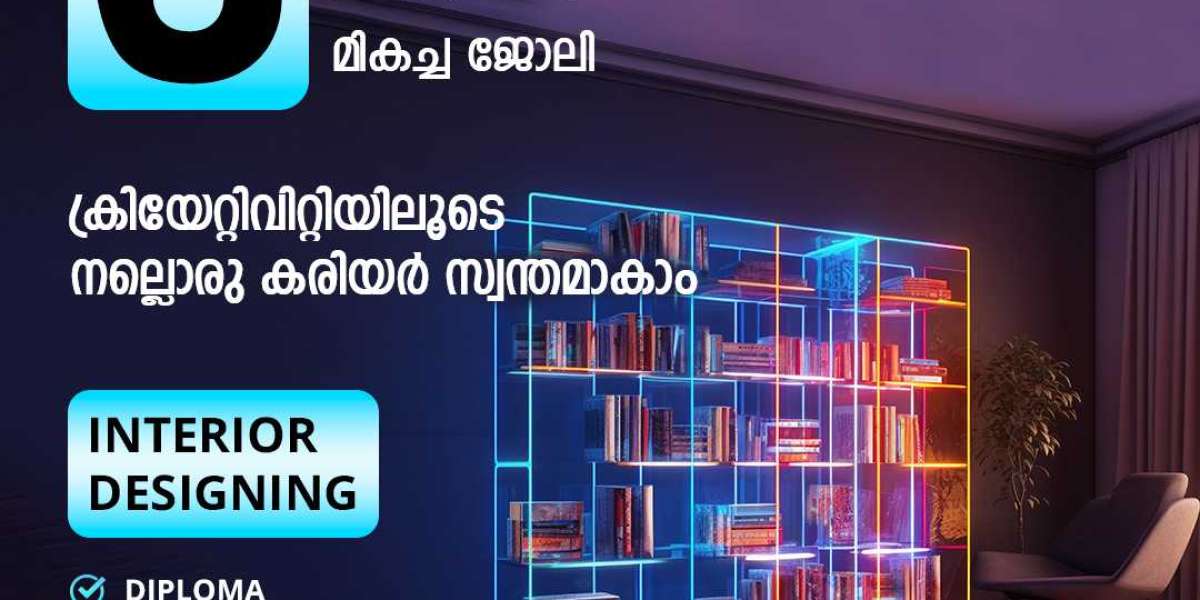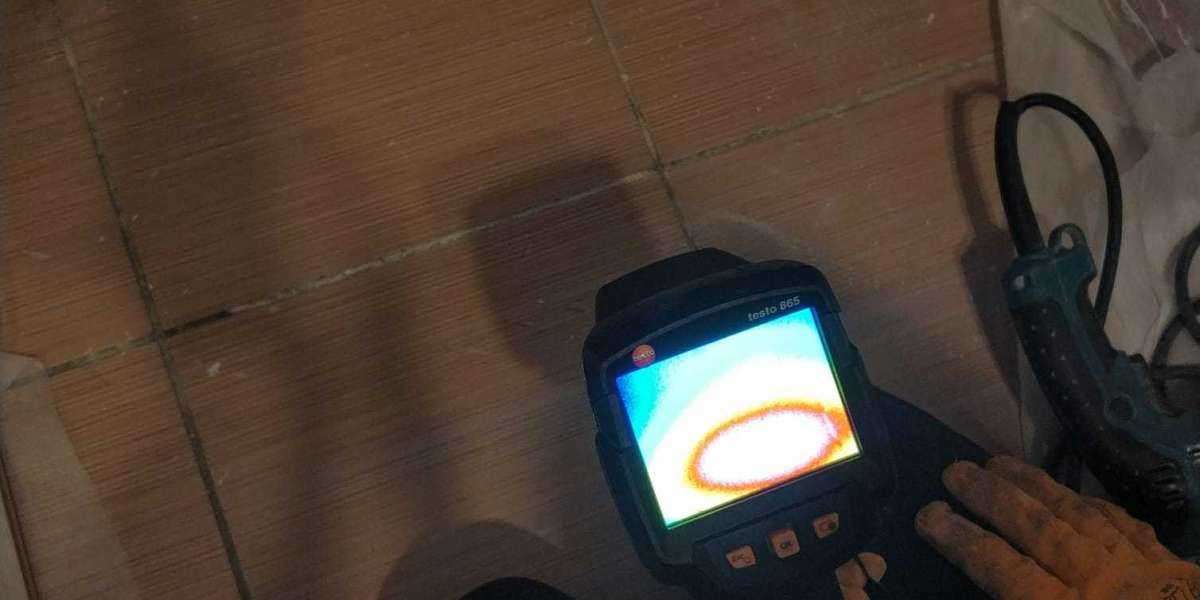The Influence of Smart Home Lighting Design
Lighting has always played a pivotal role in interior design, but with the advent of smart home technology, it has become even more dynamic and impactful.By fusing sophisticated utility with beauty, smart lighting solutions are changing how we use our spaces. For budding designers who wish to keep on top of trends, this transition is especially crucial, and schools like Kochi's Blitz School of Interior Designing are getting ready for students to harness these advancements. If you’re interested in an interior designing course in Kerala or an interior designing course in Kochi, understanding smart lighting design is essential to building a modern design skillset.Smart lighting systems, like those made by Nanoleaf, Lutron, and Philips Hue, are more than just lights. With applications, voice commands, or automation, they provide you total control over color temperature, brightness, and even color variations. Learning to design with these smart technologies entails knowing how to combine practicality and beauty for students enrolled in interior design courses in Kerala. The goal of the Blitz School of Interior Designing is to teach students how these systems can improve the overall experience of a room.
Customizing lighting according to the function of the space and the homeowner's tastes is possible with smart lighting:
Living Areas: Use cooler, brighter lighting throughout the day for energy and focus, and warm lighting in the evening for a calmer mood.
Kitchens: Set the lighting to soften during mealtimes and maximize task illumination for cooking.
Bedrooms: Use gradual brightening in the morning to aid in a natural wake-up and automate gentle, soothing lighting in the evening to encourage restfulness.
By mastering these aspects, students enrolled in interior design courses in Kochi or at the Blitz School of Interior Designing may create adaptable and useful environments that are ideal for today's homeowners.
In addition to improving comfort, smart lighting encourages energy efficiency. Energy usage can be significantly decreased with features like automated dimming, timers, and motion sensors. For instance, lights can be programmed to switch off automatically when a room is empty or to change their brightness according to the amount of natural light entering the space. An essential component of eco-friendly design are LED smart bulbs, which use a lot less energy than conventional lighting. These sustainable approaches, which are particularly pertinent in Kerala, where environmental consciousness is a top priority, are taught to students at the Blitz School of Interior Designing. Another important factor in home security is smart lighting. When homeowners are gone, indoor lights can be configured to simulate occupancy, and motion-activated exterior lighting can discourage burglars.Additionally, automated pathway lighting can make nighttime navigation safer, preventing accidents. Incorporating these safety elements is an essential skill for modern interior designers, and courses at the Blitz School of Interior Designing cover how to seamlessly integrate security features into a cohesive lighting plan.
Smart lighting design is revolutionizing modern interiors, offering unparalleled control, energy efficiency, and the ability to influence mood and wellness. As smart technology continues to shape the field, interior design professionals must stay updated with these innovations. For aspiring designers, taking an interior designing course in Kerala or enrolling at the Blitz School of Interior Designing in Kochi is an excellent way to gain expertise in this evolving area. They will be able to design homes that are not only aesthetically pleasing but also future-proof and flexible enough to accommodate the needs of their occupants if they comprehend the potential of smart lighting.








